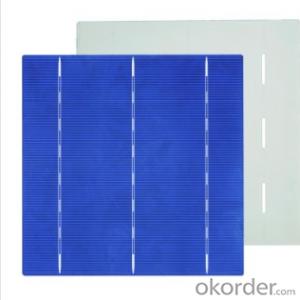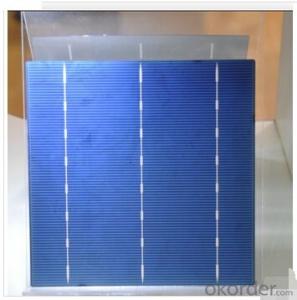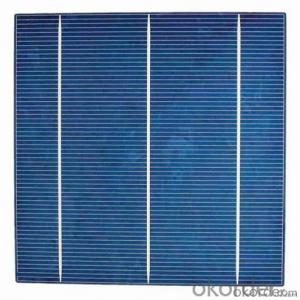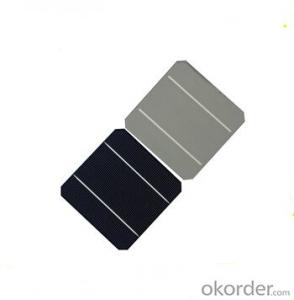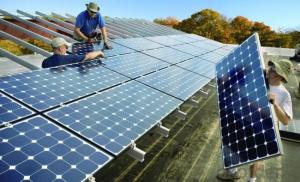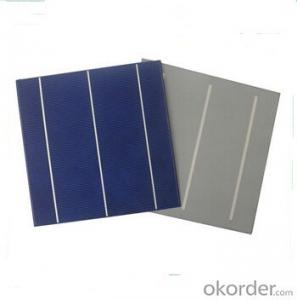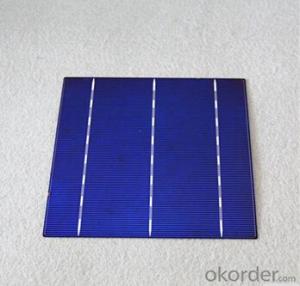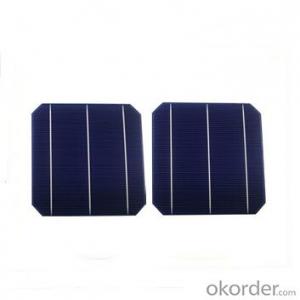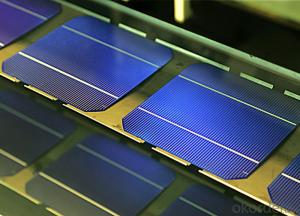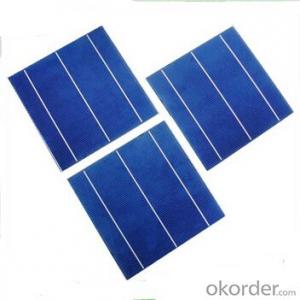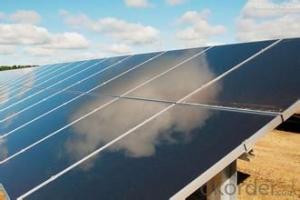Pecvd Solar Cells
Pecvd Solar Cells Related Searches
Except For Solar Cells Weegy Problems With Solar Cells High Power Solar Cells Light Trapping In Solar Cells High Performance Solar Cells High Output Solar Cells High Wattage Solar Cells Energy Transfer In Solar Cells High Efficiency Hvac Systems Recombination In Solar CellsHot Searches
Cheap Solar Cells For Sale Flexible Solar Cells For Sale Q Cells Solar Panels For Sale Printed Solar Cells For Sale Bulk Solar Cells For Sale 6x6 Solar Cells For Sale Broken Solar Cells For Sale Cpv Solar Cells For Sale Photoelectric Cells For Sale Price Of Silicon Solar Cells Price Of Solar Cells Over Time Buy Solar Cells From China Cheap Solar Cells China Best Type Of Solar Cells Flexible Solar Cells Price Q Cells Solar Panels Price 3 Types Of Solar Cells Production Of Solar Cells Common Types Of Solar Cells Q Cells Solar Panel PricesPecvd Solar Cells Supplier & Manufacturer from China
Okorder.com is a professional Pecvd Solar Cells supplier & manufacturer, offers integrated one-stop services including real-time quoting and online cargo tracking. We are funded by CNBM Group, a Fortune 500 enterprise and the largest Pecvd Solar Cells firm in China.Hot Products
FAQ
- Solar cells have a significant positive impact on air pollution as they generate clean, renewable energy without emitting harmful pollutants or greenhouse gases. By reducing our reliance on fossil fuels, solar cells help mitigate air pollution and improve the overall air quality, leading to better health outcomes and a healthier environment.
- Is A grade better than the B grade when we buy the poly solar cells.
- We did a test based on 10 poly solar cells we bought in the market, and it turns our 5 of the poly solar cells claimed to be A grade product is just the same as the B grade.
- Solar cells can still generate electricity in cloudy weather, although their efficiency is reduced compared to sunny conditions. Cloud cover limits the amount of sunlight reaching the solar panels, resulting in a lower energy output. However, modern solar cell technologies are designed to capture diffused sunlight and can still produce a significant amount of electricity even in cloudy weather.
- Yes, solar cells can be used to power communication systems. Solar cells are capable of converting sunlight into electricity, which can then be used to power various electronic devices, including communication systems. This is particularly advantageous in remote or off-grid areas where it may be difficult or expensive to establish traditional power infrastructure. Additionally, solar-powered communication systems offer a sustainable and environmentally friendly alternative to relying solely on fossil fuels for energy.
- Solar cells can generally perform well in areas with frequent earthquakes as they do not have any moving parts and are not typically affected by ground vibrations. However, it is essential to ensure that the solar panels are properly installed and secured to withstand potential damages caused by seismic activities. Additionally, regular maintenance and inspections may be necessary to ensure the structural integrity of the solar system in earthquake-prone areas.
- Solar cells require very little maintenance. They are designed to be durable and can typically last for decades with minimal upkeep. Routine maintenance may involve occasional cleaning to remove dust or debris that could affect their performance. Additionally, regular monitoring of the system's performance and checking for any potential issues is recommended. However, overall, solar cells are known for their low maintenance requirements, making them a reliable and cost-effective renewable energy solution.
- Solar cells can be used in residential applications by installing them on rooftops or in open spaces to harness sunlight and convert it into electricity. This electricity can then be used to power various household appliances and lighting systems, reducing reliance on traditional energy sources and potentially lowering electricity bills. Additionally, excess electricity generated by solar cells can be stored in batteries or fed back into the grid, further promoting sustainability and energy independence for residential properties.
- Solar cells perform less efficiently in low-light conditions compared to bright sunlight. This is because they rely on the energy from photons in sunlight to generate electricity. In low-light conditions, such as on cloudy days or during sunrise and sunset, the number of photons reaching the solar cells decreases. As a result, the conversion of light energy into electrical energy is reduced, leading to lower power output. However, advancements in solar cell technology have improved their performance in low-light conditions, enabling them to generate some electricity even in dim lighting.


















